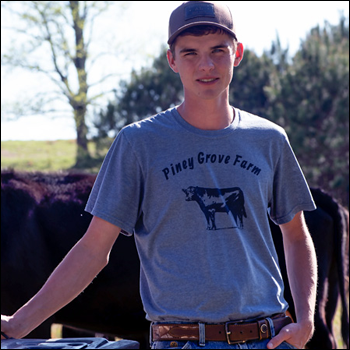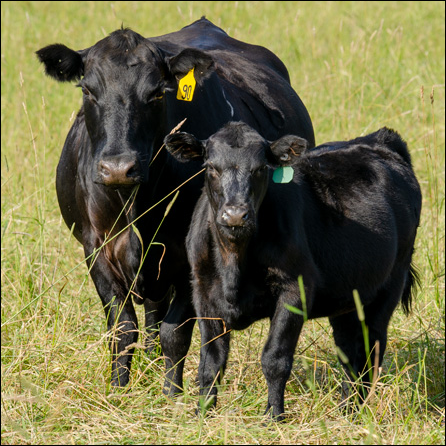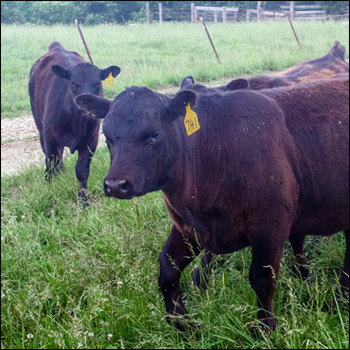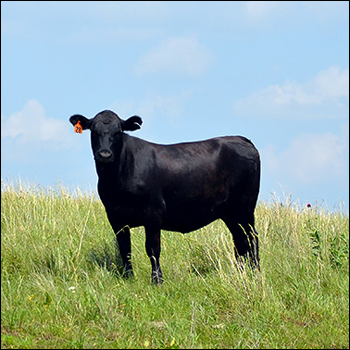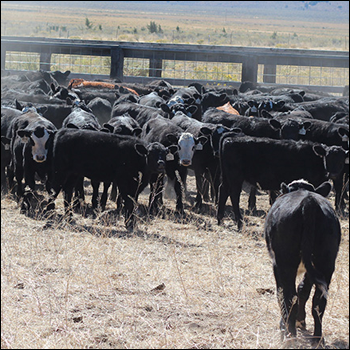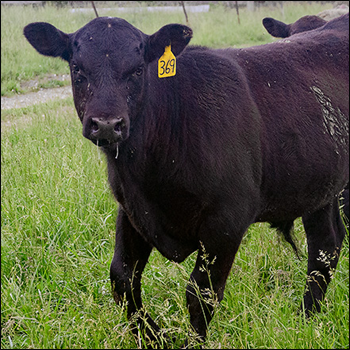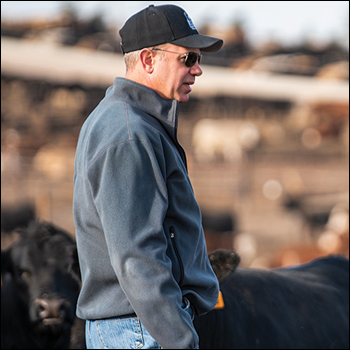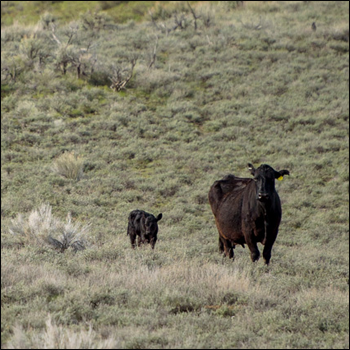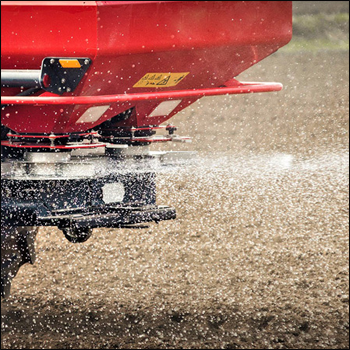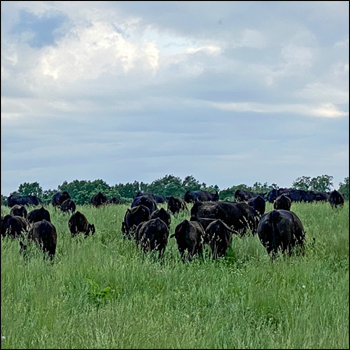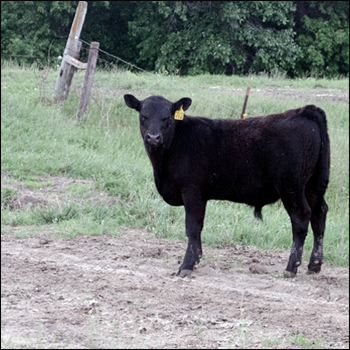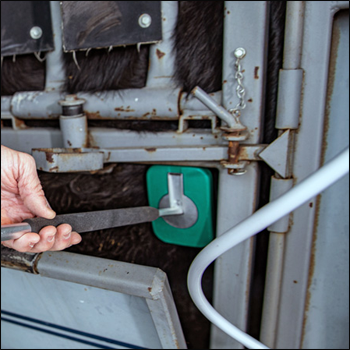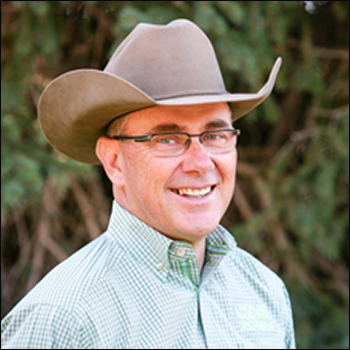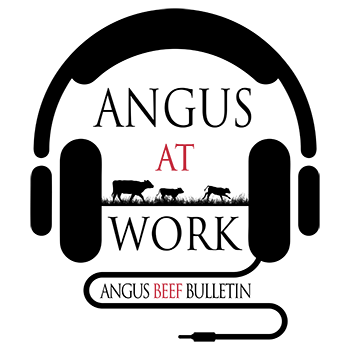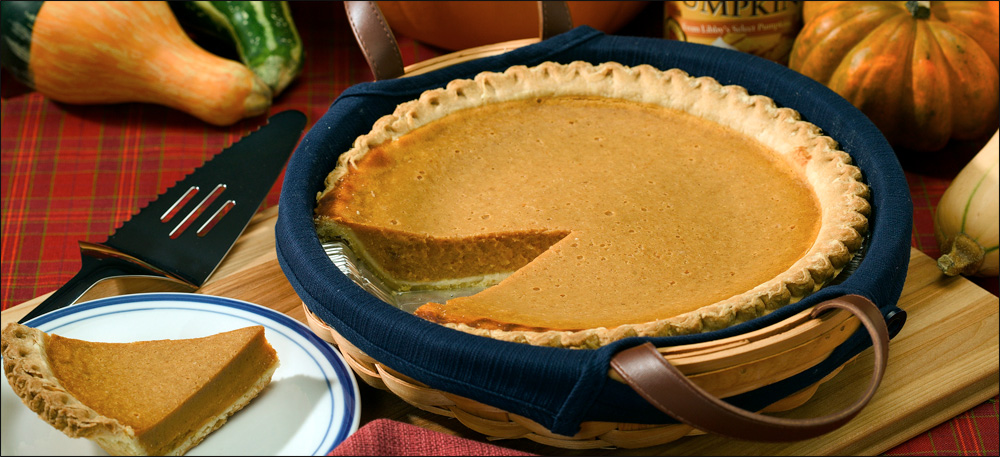
Creating A Bigger Pie
Programs add value across industry sectors.
In an industry where every penny matters, all sectors of the commercial cattle industry can use value-added programs to increase their bottom line.
Cow-calf sector
Though most wouldn’t consider a central-California coastal town to be cow country, it serves as just that for the Heely family. Roughly 60 miles inland in Carissa Plains, Calif., sits Lazy JT Land and Cattle, a 20,000-acre property that houses roughly 500 head.
Lazy JT Land and Cattle is owned and operated by Jill Heely and her family. The operation focuses on the production of quality, healthy cattle that are marketable for buyers and appreciated by consumers. The Heelys achieve this with the use of registered Angus genetics and services provided through the American Angus Association.
Lazy JT has used verification programs for more than a decade. Through experience, Jill says she’s learned better cattle in better health result in better premiums. Initially, the family solely enrolled in the age-and-source and non-hormone treated cattle (NHTC) claims. However, in recent years, the Genetic Merit Scorecard® (GMS) piqued the family’s attention.
As a fifth-generation rancher in what locals call Bitterwater Valley, Heely and her family focus on constant improvement. One way they improve is through the genetic scorecard Angus offers. They say it is a tool anyone can use to set a baseline and improve upon each year.
“I was really interested in the genetic portion of AngusLinkSM, as they were expanding it to include the genetic scoring of the calves from the Angus bulls I was buying, because I wanted to know if I was on the right track,” says Heely.
The family uses the scorecard to help market their calves and shape the direction of their breeding program. Using the scorecard as a benchmark, the Heelys looked at the strengths and weaknesses of their bulls. They then purchase bulls to fill any holes or weaknesses they have in their herd.
Enrolling in verification programs can be beneficial for marketability. Lazy JT Land and Cattle currently participates in Western Video Market’s April sale, which has given them much success. In the 2022 sale, Lazy JT Land and Cattle consigned three lots that sold for an average price of $165.50 per hundredweight (cwt.)
“Each year is different, but it seems the buyers are always coming back to the cattle they know have their shots; they know the cattle have the value-added programs behind them,” says Heely.
From the commercial cattle sector, Lazy JT Land and Cattle is committed to improving their cattle and the end product for consumers.
To other operations working toward better cattle, Heely recommends AngusLink as a program that gives producers the tools to improve in tandem with earning extra premiums.
Sale barn sector
In the green hills of north-central Missouri lies a local sale barn intent on serving their customers’ quality cattle year-round. Green City Livestock Marketing has customers from Iowa to the Arkansas line and across Missouri who bring cattle for their biweekly sale. As the owner and operator of the auction market and a seedstock producer, Caleb Biggs has experience with value-added programs from multiple perspectives.
Early on, cattle producers added value by participating in vaccination programs, Biggs says.
Buyers found immense return on that practice because they liked knowing health protocols on their purchases. Today, Biggs says, the majority of Green City Livestock consignors meticulously vaccinate and keep up with the right management system, so there is less value for consignors.
The evolution of the market means buyers are looking for more, Biggs says. “Programs that add more and put more dollars into my customers’ pockets — that’s what I’m looking for.”
In January 2022, the auction market hosted a special AngusLink sale featuring more than 400 head. Biggs explains that those calves were able to attract more interest and more buyers from outside the area than usual.
The calves brought significant premiums, as the average steer premium was $5.53 per cwt. Heifer calves earned premiums averaging $13.71 per cwt.
“Hosting the AngusLink sale, however, you could notice an increase in demand of those cattle,” says Biggs.
The interest in people looking to feed top-quality genetics and getting paid for cattle on the grid is ever increasing. Biggs says there is more demand for improved genetics than the industry knows. He emphasizes the scorecard brings more attention to AngusLink.
“I visited with a lot of feedlots and backgrounders, and they all say there is going to be more and more value,” Biggs says. “The more information they can get, the more value it adds for them, because they know what they’re getting. They know how these cattle are going to kill, and they know what kind of premiums they can expect.”
As a sale barn owner, Biggs doesn’t think size matters when it comes to these programs or where people sell their calves. Simply stated, he stands behind any program that puts more dollars in his customers’ pockets.
“Quality sells. That is the name of the game,” Biggs says. “It doesn’t matter how small or big an operation is, if you have good cattle, they are going to sell.”
Biggs encourages cattlemen to get ahead of the curve, not behind it. The way the cattle industry is going to succeed, he says, is by providing more information to all segments of the business.
“I personally think the genetic component is the way of the future,” Biggs says.
Feeder sector
If the cow-calf producer is getting more, that means the feedlot must also get more for their premium to be worth it. Feeder Jason Busenbark with Valley View Feeders is an example. Busenbark is an Indiana native who started feeding cattle for Meyer, an all-natural food program on the East Coast. As they looked to expand their business supply, there was no room for growth in their region. This led to the expansion of fed cattle in Nebraska, in addition to Rockville, Ind.
Busenbark primarily purchases the all-natural program cattle. Though he enjoys feeding those cattle for numerous reasons, Busenbark says he believes all-natural cattle are best-suited for him, even if he pays a premium.
“All you have to do is buy the cattle and feed them without worrying about implanting them every 120 days,” he says.
To hit his end goals, Busenbark purchases cattle based on frame size and management. He also recently bought a set of AngusLink cattle with a GMS.
“I look at the management of the operation, the quality of the producer and how they run their operation as much as I do genetics when buying cattle,” Busenbark says.
The cattle feeder says he has confidence in how the cattle will grade because he knows the all-natural cattle he buys come from well-managed operations. History shows that correlates to consistent, high-quality cattle that, when fed to a proper end point, produce few Select-grading carcasses.
A common hesitation and deterrent of verification programs is the amount of paperwork required. Looking at the overall financial benefits of program cattle vs. commodity cattle, Busenbark says the time spent doing the paperwork is worth it when the cattle bring more.
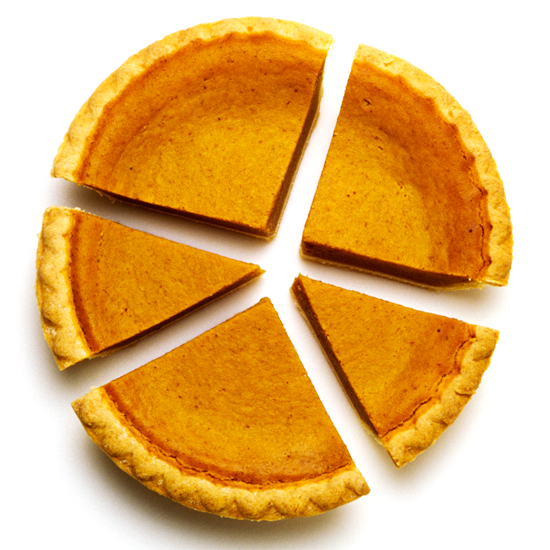 |
“I’ve seen yearlings sell with a $20 premium, so when you take a 700- or 800-pound calf, there is $150 more to be earned per head,” says Busenbark. “Even if you could earn an extra $100 per head, for a rancher with 1,000 head of cows, [that’s] an extra $100,000 a year in revenue.”
During hard times of drought, he says, the added revenue might be the difference between surviving vs. selling out. Cattle feeder or cow-calf producer alike, these programs aren’t necessarily for the faint of heart, Busenbark says.
“It takes the right kind of person to be able to succeed in these third-party verification programs, because they need to be organized, follow directions and read the paperwork,” says Busenbark. “However, for someone who has good recordkeeping and doesn’t mind the paperwork, it is a great way to add a lot of value to your cattle.”
Looking toward the future, if the growth of the all-natural market continues, Busenbark predicts opportunities for expansion of value-added programs. Today though, he enjoys adding value to his cattle and, more importantly, to his pocketbook through the all-natural cattle.
Editor’s note: Whitney Whitaker is a communications specialist for the American Angus Association. Lead photo is from USDA ARS by Peggy Greb. Segmented pie photo from Getty Images.

Angus Proud
In this Angus Proud series, Editorial Intern Jessica Wesson provides insights into how producers across the country use Angus genetics in their respective environments.
 Angus Proud: Scott Sproul
Angus Proud: Scott Sproul
Oklahoma operation learned wisdom of moving calving season to better suit their marketing needs.
 Angus Proud: Bubba Crosby
Angus Proud: Bubba Crosby
Fall-calving Georgia herd uses quality and co-ops to market calves.
 Angus Proud: Jim Moore
Angus Proud: Jim Moore
Arkansas operation retains ownership through feeding and values carcass data.
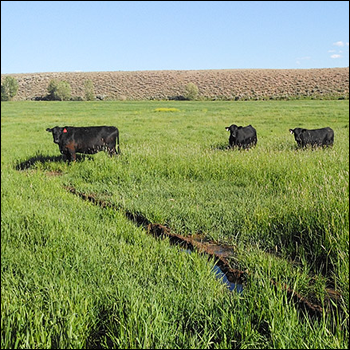 Angus Proud: Stephen Shiner
Angus Proud: Stephen Shiner
Idaho operation rotates pastures in summer and raises crops for winter.
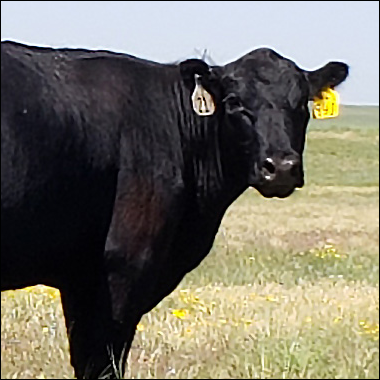 Angus Proud: Brian Nusbaum
Angus Proud: Brian Nusbaum
Angus cattle fit cattleman’s marketing goals and helped him set out on his own.
 Angus Proud: Les Shaw
Angus Proud: Les Shaw
South Dakota operation manages winter with preparation and bull selection.
 Angus Proud: Jeremy Stevens
Angus Proud: Jeremy Stevens
Nebraska operation is self-sufficient for feedstuffs despite sandy soil.
 Angus Proud: Dave Rutan
Angus Proud: Dave Rutan
Angus breeder gets the most out of his bull investment by partnering with opposite calving-season operation.
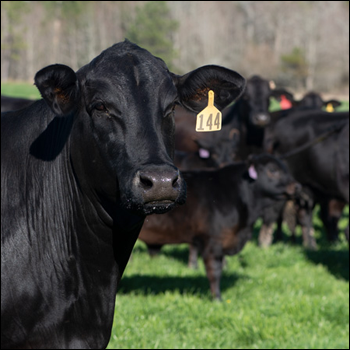 Angus Proud: Nickey Smith
Angus Proud: Nickey Smith
AngusLink helps Louisiana cattleman gain more for his calves.
